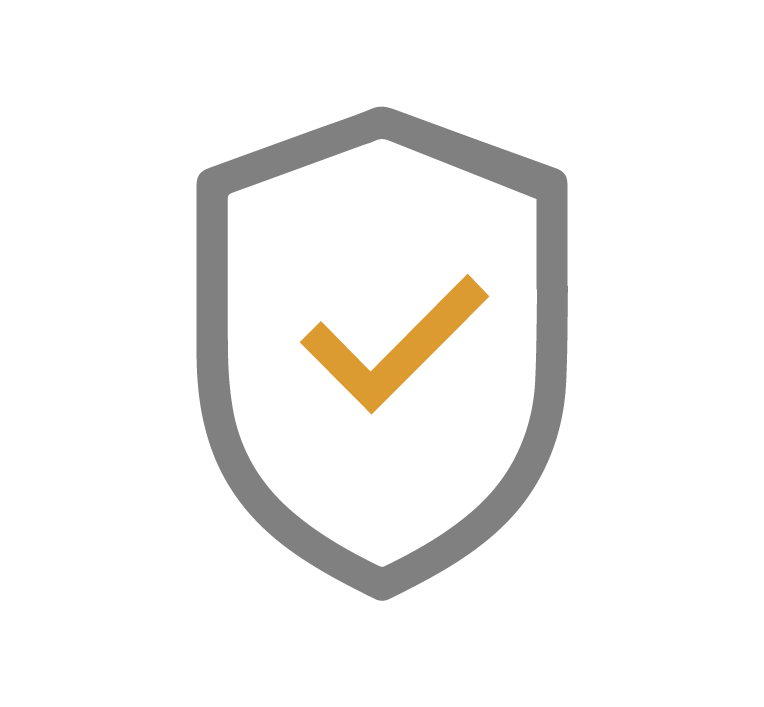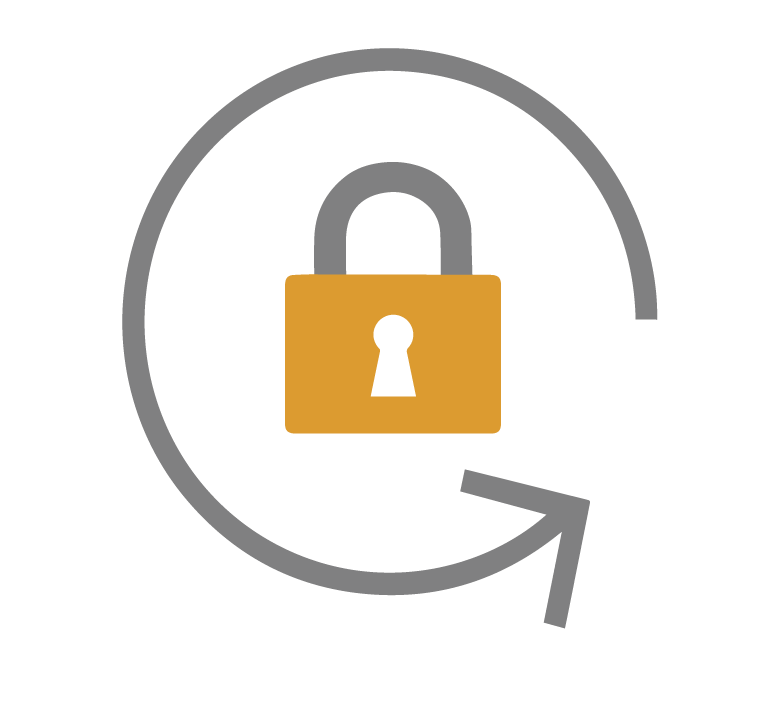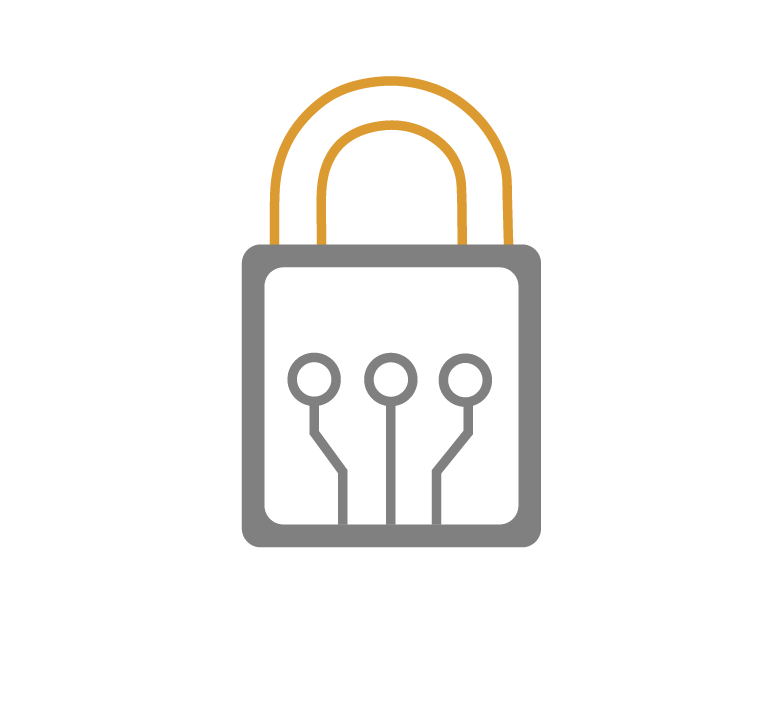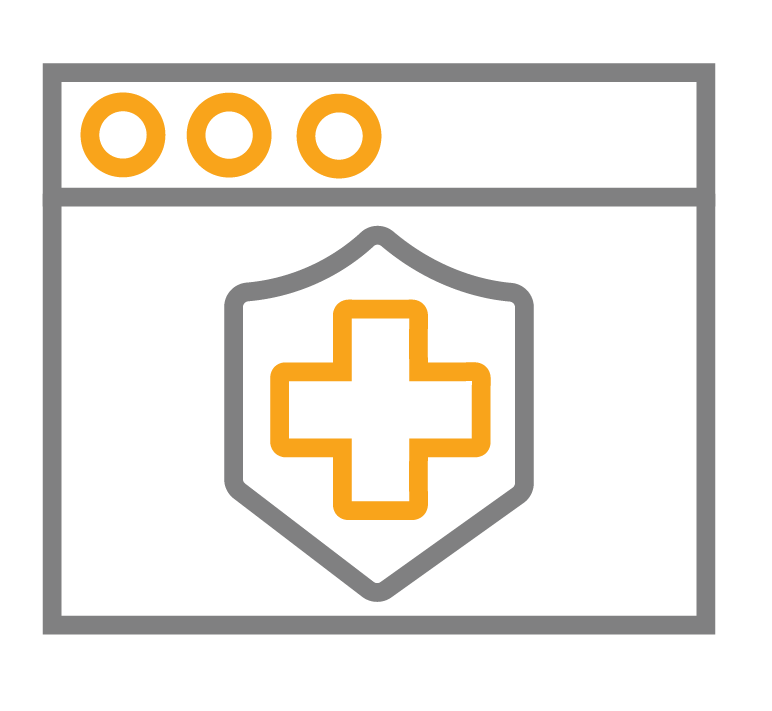SECURITY ENGINEERING
Security Engineering is the implementing security measures to protect the operational and technical components of an organization. InQwest believes that security early and often is the key to ensuring the Confidentiality, Integrity, and Availability of all critical and non-critical assets. Everything from the DHS Security Engineering Life Cycle to the Software Development Life Cycle, Acquisition Life Cycle, and Agile methodologies in SecDevOps. These standards are the guidelines to ensuring that security is an integral part of an organization and at the forefront in everything from operations to development.
Security Architecture review and design is also a main offering within the InQwest Security Engineering service as it offers a thorough review of your existing security posture but also provides an “Outside In” approach to identifying gaps in security. InQwest has been providing detailed technical architecture reviews on physical, virtual, and cloud environments within the Federal and Commercial sectors.

SECURITY
ENGINEERING







